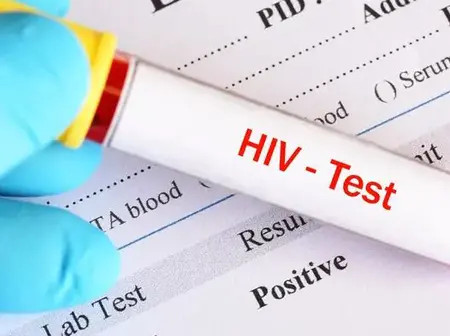
Kenya recorded a significant number of new HIV infections in 2025, according to the National Syndemic Diseases Control Council (NSDCC).
Data from the council indicates that 20,105 Kenyans contracted the virus this year, highlighting ongoing challenges in the country’s fight against HIV/AIDS.
Of the new infections, 6,869 were reported in men, while women accounted for a staggering 13,236 cases. The figures underscore a persistent gender disparity, with women disproportionately affected by the epidemic.
Experts attribute this gap to biological, social, and economic factors, including limited access to healthcare services and gender-based vulnerabilities.
These new infections add to the already large number of Kenyans living with HIV. Currently, about 1.4 million people in the country are known to be living with the virus, placing Kenya among the countries in sub-Saharan Africa with a high HIV burden.
The NSDCC emphasizes the importance of continued awareness campaigns and preventive measures, including routine testing, access to antiretroviral therapy, and education on safe sexual practices.
Health officials warn that without sustained intervention, the number of infections could continue to rise, placing additional strain on healthcare systems and affecting social and economic development.
Community-based initiatives have been highlighted as key in reaching vulnerable populations.
Programs that empower women, improve sexual health education, and expand access to testing and treatment are seen as essential strategies in curbing new infections.
The council also encourages partnerships between government, non-governmental organizations, and local communities to strengthen HIV prevention and treatment efforts.
With renewed focus and commitment, authorities hope to reduce new infections, improve the quality of life for those living with HIV, and move closer to achieving national and global targets for epidemic control.
SOURCE






